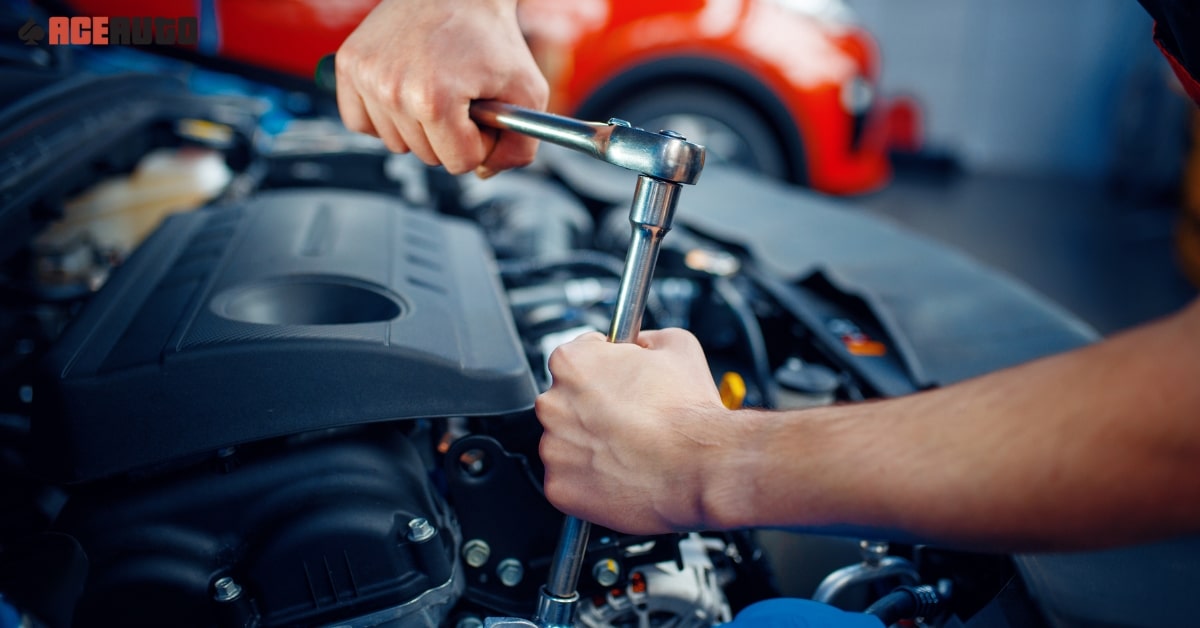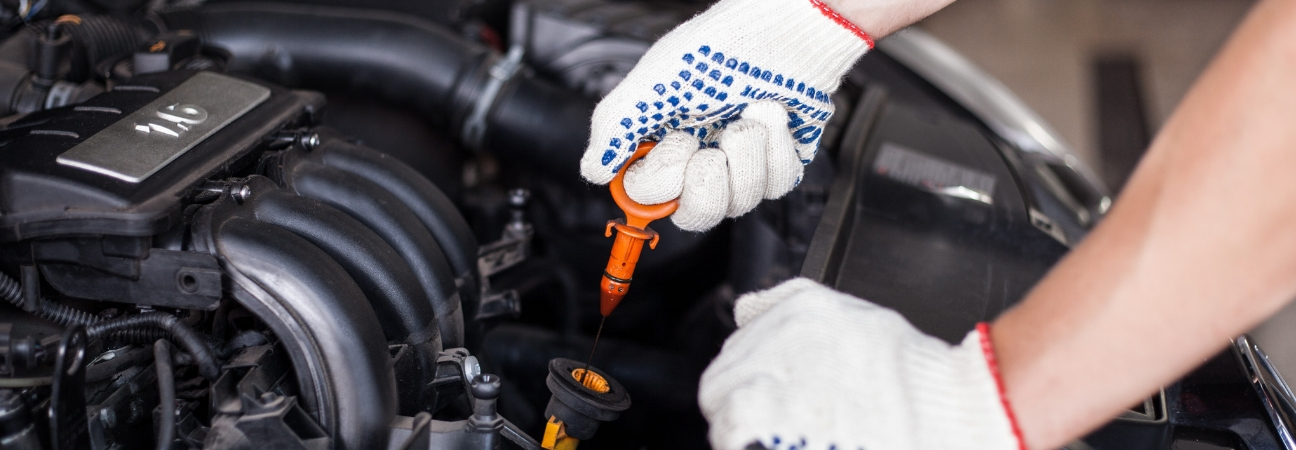All Categories
Featured
The check engine light (CEL) is one of one of the most well-known control panel signs, but it frequently strikes anxiety or complication in drivers. While it's simple to panic when the light brightens, recognizing its purpose and knowing just how to react can aid you take the ideal actions to resolve prospective concerns. This newbie's guide breaks down what the check engine light ways, usual causes, and exactly how to manage it.
What Is the Check Engine Light? The check engine light belongs to your vehicle's onboard diagnostics (OBD) system, developed to monitor engine performance and discharges. When the system spots an issue, the CEL illuminates to alert you. The light may look like a consistent radiance or a flashing signal, each carrying various levels of urgency.
Strong Light: Suggests a less prompt concern, but it still requires attention. Flashing Light: Signals an extra serious problem, such as a misfire, which can harm your engine or catalytic converter if neglected. Typical Reasons For the Examine Engine Light. The CEL can activate for a variety of reasons, varying from minor issues to major fixings. Below are some of one of the most common wrongdoers:
Loose or Faulty Gas Cap:
A loose gas cap can trigger fuel vapors to escape, causing the CEL. This is just one of the most convenient and least costly fixes-- tighten up or replace the cap. Faulty Oxygen Sensing Unit:
![]()
The oxygen sensor keeps an eye on the air-to-fuel proportion in your engine. A malfunctioning sensor can decrease fuel performance and boost exhausts. Malfunctioning Flicker Plugs or Ignition Coils:
Worn-out spark coils or plugs can bring about engine misfires. Regular tune-ups assist avoid this concern. Catalytic Converter Issues:
The catalytic converter decreases hazardous emissions. Problems with this element can be expensive and typically result from neglecting various other problems. Mass Air Movement Sensing Unit Problems:
The mass airflow (MAF) sensor measures the air going into the engine. A damaged or unclean MAF sensing unit can influence performance and gas economic situation. When the Check Engine Light Comes On, what to Do. Don't Panic:
If the light is consistent, it's safe to drive to a fixing store. If it's blinking, lower rate and stay clear of tough acceleration; pull over and seek prompt aid. Look For Obvious Issues:
Tighten up the gas cap, as this is a easy and usual repair. Look for indicators of major difficulty, such as smoke or unusual engine noises. Make Use Of an OBD-II Scanner:
An OBD-II scanner reviews the difficulty codes stored in your automobile's computer system. Many auto parts shops provide cost-free code scanning services. Get In Touch With an Expert Mechanic:
![]()
If you can't resolve the problem yourself, take your vehicle to a trusted auto mechanic. Offer the trouble code for a faster and more exact diagnosis. Preventative Actions. Normal upkeep is crucial to preventing CEL problems. Right here's exactly how to remain ahead:
Set Up Routine Tune-Ups: Change inspect and spark plugs ignition parts consistently. Keep Fluids Rounded Off: Guarantee correct degrees of oil, coolant, and various other fluids. Usage Quality Fuel: Poor-quality fuel can cause sensor and exhausts concerns. Conclusion. The check engine light doesn't have to be a source of anxiety. By comprehending its function and understanding just how to address it, you can maintain your auto running efficiently and avoid costly repair services. Deal with the CEL as a valuable device as opposed to a problem, and it will assist you to maintaining your car's wellness properly.
What Is the Check Engine Light? The check engine light belongs to your vehicle's onboard diagnostics (OBD) system, developed to monitor engine performance and discharges. When the system spots an issue, the CEL illuminates to alert you. The light may look like a consistent radiance or a flashing signal, each carrying various levels of urgency.
Strong Light: Suggests a less prompt concern, but it still requires attention. Flashing Light: Signals an extra serious problem, such as a misfire, which can harm your engine or catalytic converter if neglected. Typical Reasons For the Examine Engine Light. The CEL can activate for a variety of reasons, varying from minor issues to major fixings. Below are some of one of the most common wrongdoers:
Loose or Faulty Gas Cap:
A loose gas cap can trigger fuel vapors to escape, causing the CEL. This is just one of the most convenient and least costly fixes-- tighten up or replace the cap. Faulty Oxygen Sensing Unit:

The oxygen sensor keeps an eye on the air-to-fuel proportion in your engine. A malfunctioning sensor can decrease fuel performance and boost exhausts. Malfunctioning Flicker Plugs or Ignition Coils:
Worn-out spark coils or plugs can bring about engine misfires. Regular tune-ups assist avoid this concern. Catalytic Converter Issues:
The catalytic converter decreases hazardous emissions. Problems with this element can be expensive and typically result from neglecting various other problems. Mass Air Movement Sensing Unit Problems:
The mass airflow (MAF) sensor measures the air going into the engine. A damaged or unclean MAF sensing unit can influence performance and gas economic situation. When the Check Engine Light Comes On, what to Do. Don't Panic:
If the light is consistent, it's safe to drive to a fixing store. If it's blinking, lower rate and stay clear of tough acceleration; pull over and seek prompt aid. Look For Obvious Issues:
Tighten up the gas cap, as this is a easy and usual repair. Look for indicators of major difficulty, such as smoke or unusual engine noises. Make Use Of an OBD-II Scanner:
An OBD-II scanner reviews the difficulty codes stored in your automobile's computer system. Many auto parts shops provide cost-free code scanning services. Get In Touch With an Expert Mechanic:

If you can't resolve the problem yourself, take your vehicle to a trusted auto mechanic. Offer the trouble code for a faster and more exact diagnosis. Preventative Actions. Normal upkeep is crucial to preventing CEL problems. Right here's exactly how to remain ahead:
Set Up Routine Tune-Ups: Change inspect and spark plugs ignition parts consistently. Keep Fluids Rounded Off: Guarantee correct degrees of oil, coolant, and various other fluids. Usage Quality Fuel: Poor-quality fuel can cause sensor and exhausts concerns. Conclusion. The check engine light doesn't have to be a source of anxiety. By comprehending its function and understanding just how to address it, you can maintain your auto running efficiently and avoid costly repair services. Deal with the CEL as a valuable device as opposed to a problem, and it will assist you to maintaining your car's wellness properly.
Latest Posts
A Newbie's Guide to Comprehending Your Cars and truck's Check Engine Light
Published Dec 22, 24
0 min read
Bath Fitter®
Published Dec 22, 24
3 min read
How to Choose the Optimal Roofing Material for Your Industrial Building
Published Dec 22, 24
3 min read